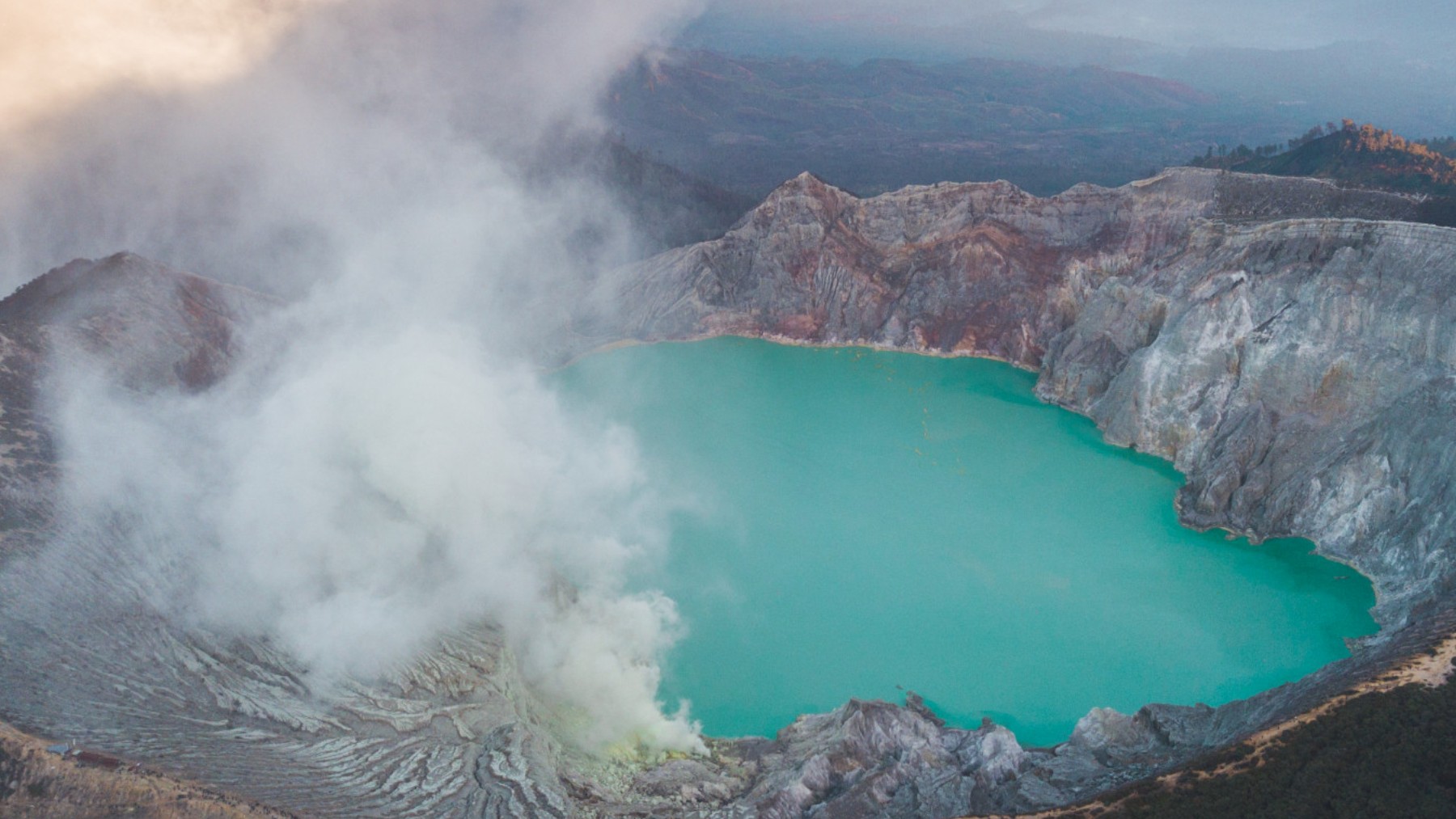Our country wants to consolidate itself as a reference in the field of renewable energy within the European Union. Spain It has an average of 2,500 hours of sunshine per year, although that is not the case energy that they want to consolidate. They have discovered an alternative that will revolutionize the panorama, even if it is only available on one island. Do you know which one that is? One clue is the same one that has allowed Iceland to produce unlimited electricity.
Spain, for unlimited renewable energy: this is what they plan to do
This year, Spain is on track for a major achievement in its quest for more sustainable electricity generation. According to Rystad Energy forecasts, more than 50% of the country’s electricity is expected to come from renewable sources by 2024. France, Germany, Italy and Great Britain are surpassed.
This is a milestone that reflects the commitment to decarbonization. On this journey to a cleaner future, our country is exploring options beyond solar and wind technologies. One of the most intriguing projects is the International Thermonuclear Experimental Reactor (ITER).


They have a joint European effort aims for nuclear fusion, a clean, unlimited and safe resource. Although this project and others like it will still take decades to deliver large-scale electricity, they demonstrate the country’s ambition in renewable energy sources.
Is geothermal energy the future of our country? The reasons why we believe it
Our country is taking a new path towards energy self-sufficiency, with a significant commitment to geothermal energy. This change of course is being implemented on a large scale, with particular attention to the Canary Islands. known for their enormous geothermal potential.
January 17, 2024 marked a milestone with the proposal for a final decision on granting support for feasibility studies of innovative geothermal projects. In the context of growing concerns about climate change, renewable energy sources, such as geothermal energy, have become key elements.
They are part of the strategies to reduce CO2 emissions and towards a sustainable future. Geothermal energy stands out for its ability to provide a constant and stable energy supply, thus contributing to reducing dependence on imported fossil fuels.
The Canary Islands, a place that could host an inexhaustible source of geothermal energy
The Canary Islands are the epicenter of this energy revolution. This archipelago has the largest medium and high temperature geothermal resource in our country, indicating a substantial change in the way we obtain our electricity.
Of the 112 million euros investedthe majority goes to projects in the Canary Islands, led by the ITER alliance with partners such as the Canary Volcanological Institute and the Geothermal Energy of the Canary Islands. This approach not only aims to transform the energy matrix of the archipelago.
Moreover, they also aim to strengthen local energy independence. Public-private initiatives on major islands such as Gran Canaria, La Palma and Tenerife demonstrate a shared commitment to harnessing geothermal potential and moving towards a more sustainable future.
Actually the inclusion of La Palma was quite a surprise, which was not mentioned at the beginning. However, the government wanted to do this to maintain the subsidy link after the volcanic eruption that the island suffered. It was in 2021, as you remember, but the recovery is still difficult, long and complicated.
It’s clear that Spain is going to make a big and determined bet on a source of energy which not all countries have managed to exploit. Sunlight travels across the Earth every day, and almost the same thing happens with the wind. However, it is much more complicated to take advantage of geothermal energy, although we can do it. What alternative is there for those who cannot? The answer is clear: white hydrogen.

